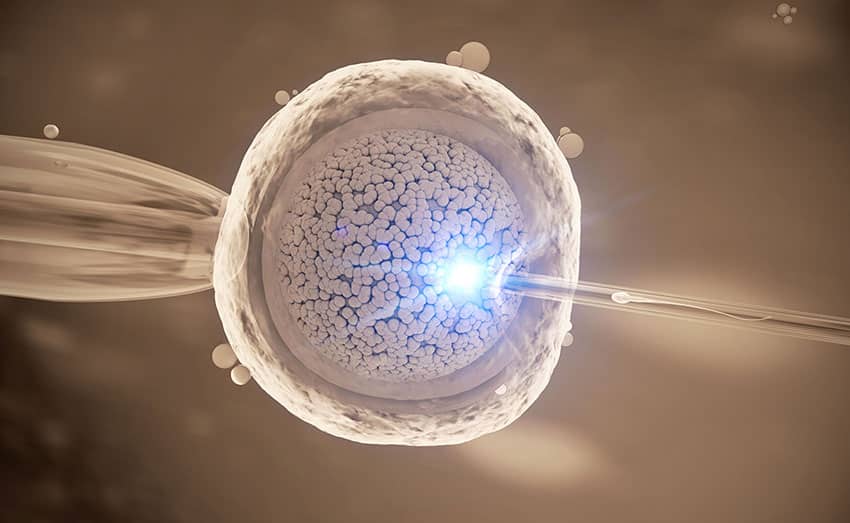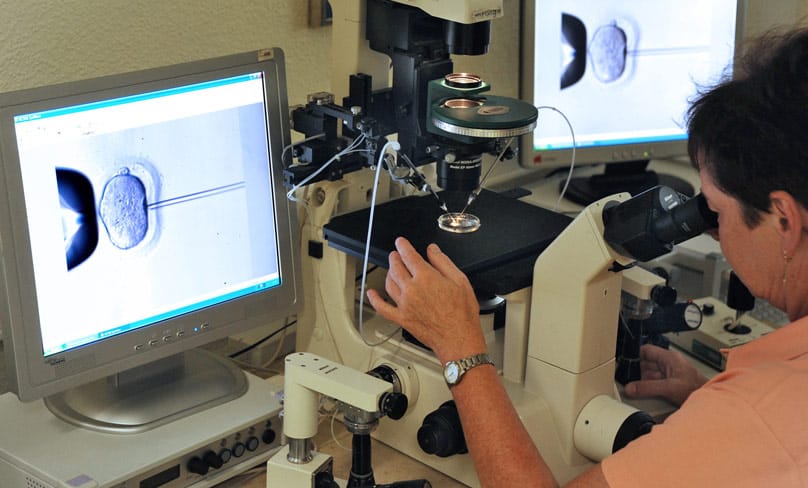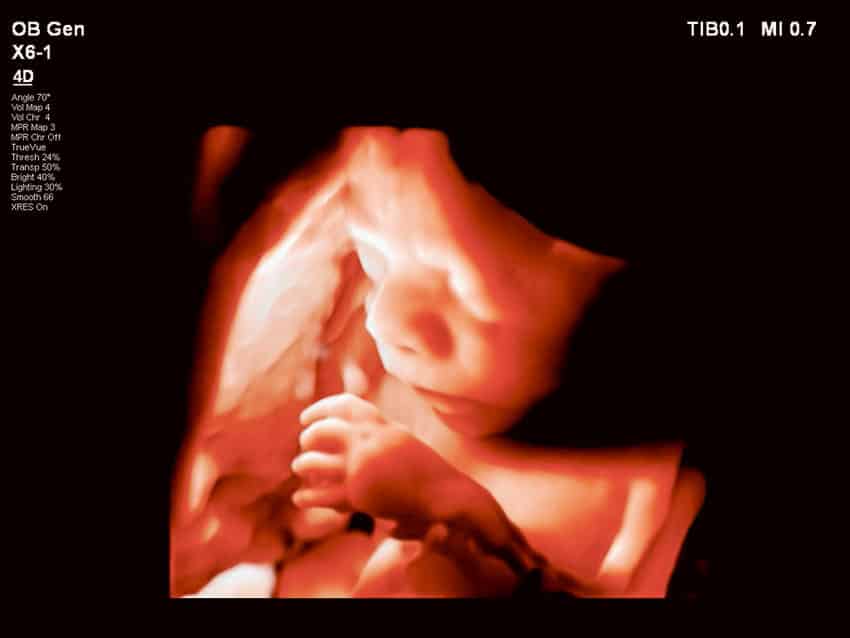
Has our moral progress kept pace with technology?
Oh, what a tangled web we weave, when first we practice to deceive,” wrote Sir Walter Scott, just over 200 years ago. It’s not as poetic, but I imagine that if Sir Walter were alive today, he may have written that we also weave a tangled web when first we practice to artificially conceive.
A woman, let’s call her Kate*, conceived and gave birth to twins via IVF using sperm from an anonymous sperm donor. Her wife, let’s call her Jenny*, conceived 13 children using the same sperm donor. Jenny gave birth to one child, and the remaining twelve embryos were placed into storage.
The contract signed with the IVF clinic said that the embryos would be destroyed if the couple split, except that they would be kept alive if a dispute was occurring.

Kate and Jenny raised their three children together until 2016, when the couple split. At the time of the split, Jenny wanted to retain the 12 embryos, which are her biological children, and Kate wanted them to be destroyed. Because they could not agree, the IVF clinic kept them alive.
Kate took the matter to the Family Court, seeking an order that the embryos – none of whom were her biological children – be destroyed.
Commenting on the case last year, family lawyer Stephen Page said that the Family Court had never been asked to decide if an embryo was ‘property’, but believed the court would deem an embryo to be ‘property’ if a decision was made.
I can’t understate what a repulsive and regressive decision this would be. After all, we haven’t deemed human beings to be ‘property’ since the abolition of the slave trade.
I can’t understate what a repulsive and regressive decision this would be. After all, we haven’t deemed human beings to be ‘property’ since the abolition of the slave trade.
And this decision would be even worse, because at least slaves were recognised as human. Presumably, if the Family Court did decide in that way, the ‘property’ of the embryos would be divided up among the divorcing couple, listed alongside details of who would be getting the TV and the couch.
Fortunately for these 12 embryos, the court did not have to make such a decision. Kate withdrew the matter because she was worried that the publicity of the case could affect the couple’s three children. Jenny is now free to have the embryos implanted to have more children if she so wishes. Given that Jenny is apparently in her mid-40s, it appears that most of the unborn children will ultimately not be born in any event, but at least they have a chance.
It’s a troubling story, and it is easy to be distracted by the fact that the couple was in a same-sex marriage. But for the most part, the couple’s sexual orientation is largely irrelevant, because these same arguments about the ‘property’ of frozen IVF embryos occurs with heterosexual couples as well.

Stephen Page also told media last year that he had been told by IVF clinics in Australia that this type of situation occurs often, but most people were not prepared to go to court to fight it out, and instead leave the embryos on ice indefinitely.
It’s not just frozen embryos that suffer because of our addiction to IVF.
February’s Women’s Weekly reported the case of a US couple who conceived twins through IVF, only to find out that one of the babies was not theirs. They decided to continue through the pregnancy with both, but – after a lengthy legal battle – relinquished custody of the child who was not biologically theirs.
Commenting on the US case, Australian IVF expert Professor Gab Kovacs said Australian doctors are more conservative with IVF procedures, and that a process of ‘open disclosure’ allows these cases to run a little differently to the US.
According to a Victorian Government report from last year, the IVF industry “generates revenues of approximately $550 million a year in Australia, which is predicted to rise to $630 million by 2022″.
Women’s Weekly quoted Professor Kovacs as saying the couple would be immediately informed.
“If the embryo hasn’t been [implanted], you wouldn’t do a transfer. If a transfer has been done and the embryo’s the wrong embryo, the couple could stop taking hormones so the pregnancy doesn’t take … Or if there’s a pregnancy, they could opt for termination of the pregnancy. That’s been the process that I’ve heard of happening.”
Mistakes still do occur with the estimated eight million gametes and embryos handled by IVF clinics in Australia each year, but these clinics usually avoid legal disputes with abortion, the professor seems to be saying.
It’s hardly a ringing endorsement for Australia’s IVF industry. And make no mistake, it’s an industry.
According to a Victorian Government report from last year, the IVF industry “generates revenues of approximately $550 million a year in Australia, which is predicted to rise to $630 million by 2022.”
Maybe the Family Court doesn’t need to decide that embryos are ‘property’. Our actions have already done that.
Oh, what a tangled web we weave…
Related articles:
Battle over embryos leads to calls for personhood status
Not so quick: ethical issues raised by creating 3-genetic parent IVF children
Q&A with Fr John Flader: Are frozen embryos cool?
